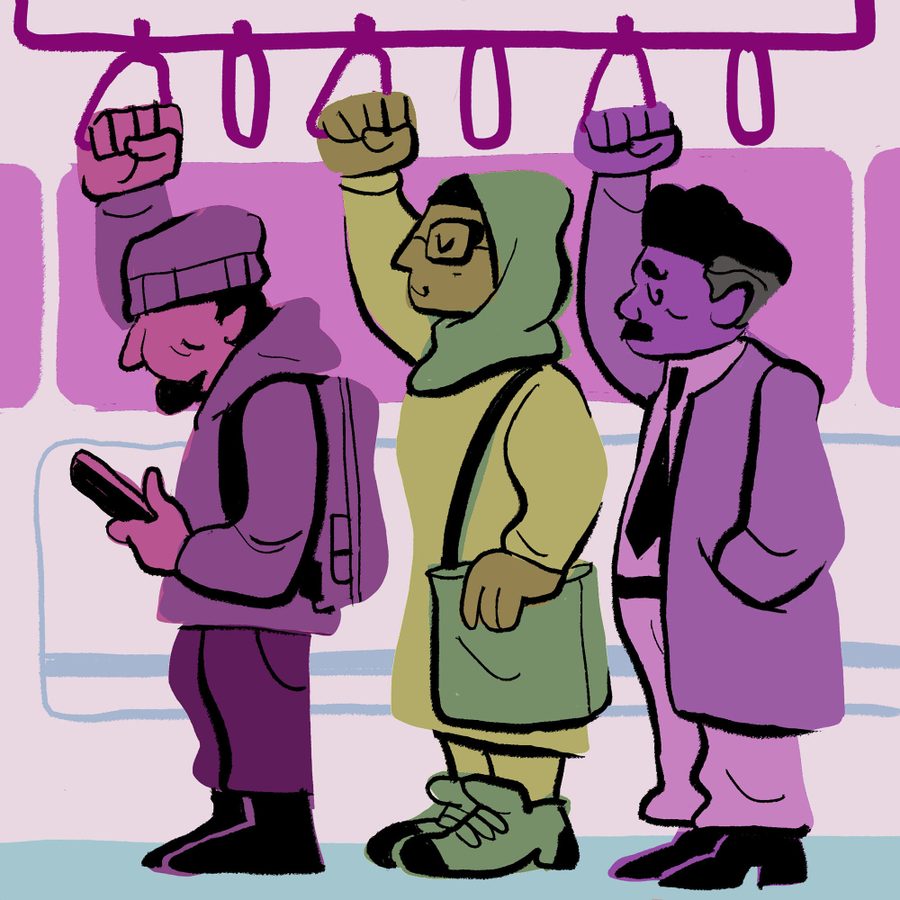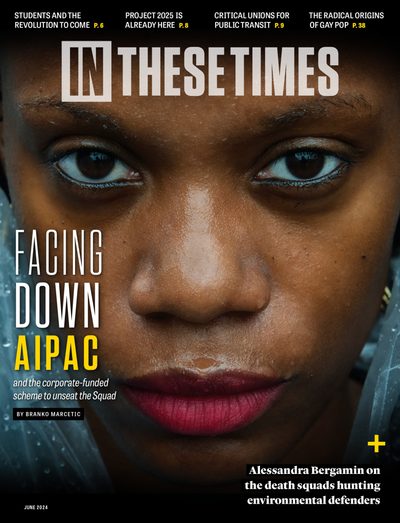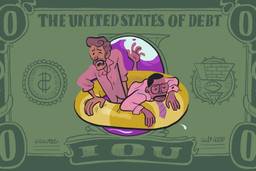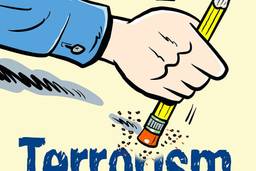When transit riders refuse to just sit back
Though public transportation is a vital resource for many, governments don’t always adequately invest in it. Transit rider unions can get us back on the right track.
J. Patrick Patterson

tran•sit ri•der un•ions
noun
1. Organized groups that represent people who use public transportation
So, like a labor union but for transit riders?
Yep! Public transportation benefits everyone, and many people rely on buses and trains daily to get to work or school. But despite high-quality public transportation being so important for people and the planet, government doesn’t always adequately invest in it.
“The analogy with labor unions is interesting because it’s obviously different in the sense that we don’t all work for the same employer, we can’t strike and bargain with our employer for benefits,” Katie Wilson said in 2012, six months after helping form the Seattle Transit Riders Union. “But it’s more of a political thing. This is the new working poor, organizing and trying to win political gains.”
From inequitable service in Black and brown communities to excessive delays to service cuts, there’s a lot to organize around.
What do they do?
They try to build power to advocate for high-quality public transportation, with issue campaigns such as greater accessibility, free or reducedfares, more reliable service and electric buses. The idea is that, when politicians neglect public transportation (or actively make it worse), there’s a group of organized riders ready to hold them accountable.
Are they effective?
They can be! Take the Los Angeles Bus Riders Union, for example. In 1994, it sued the Metropolitan Transportation Authority, alleging its funding policies discriminated against Black and Latino riders by spending more on trains than buses, which are primarily relied on by the city’s lower-income Black and brown residents.
The court ordered improvements for the buses, and through negotiations, an agreement was made to set a fare structure and fare increase procedure, increase bus service, replace old diesel buses and decrease overcrowding. The changes redistributed more than $2.5 billion to bus riders.
But didn’t the system eventually return to business as usual?
After 2003, the fares increased and bus hours were cut back — but several improvements remained. Which proves the point: We need mass action from organized groups if we hope to serve everyone and help fight the climate crisis, and transit rider unions make it harder for agencies to ignore the concerns of everyday people.
This is part of “The Big Idea,” a series offering brief introductions to progressive theories, policies, tools and strategies that can help us envision a world beyond capitalism.
J. Patrick Patterson is the Associate Editor at In These Times. He has previously worked as a politics editor, copy editor, fact-checker and reporter. His writing on economic policies and electoral politics has been published in numerous outlets.








